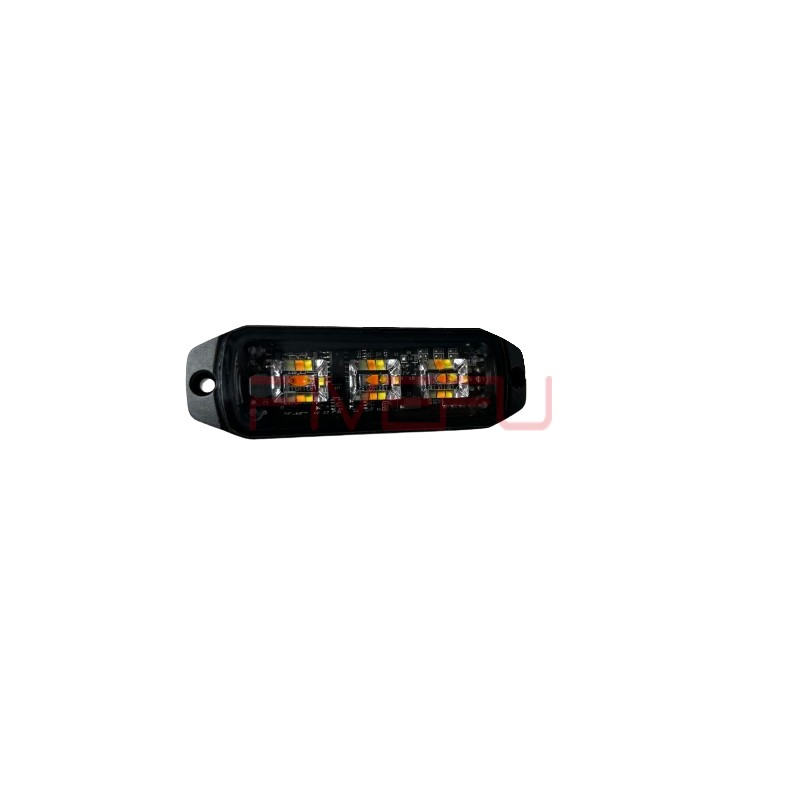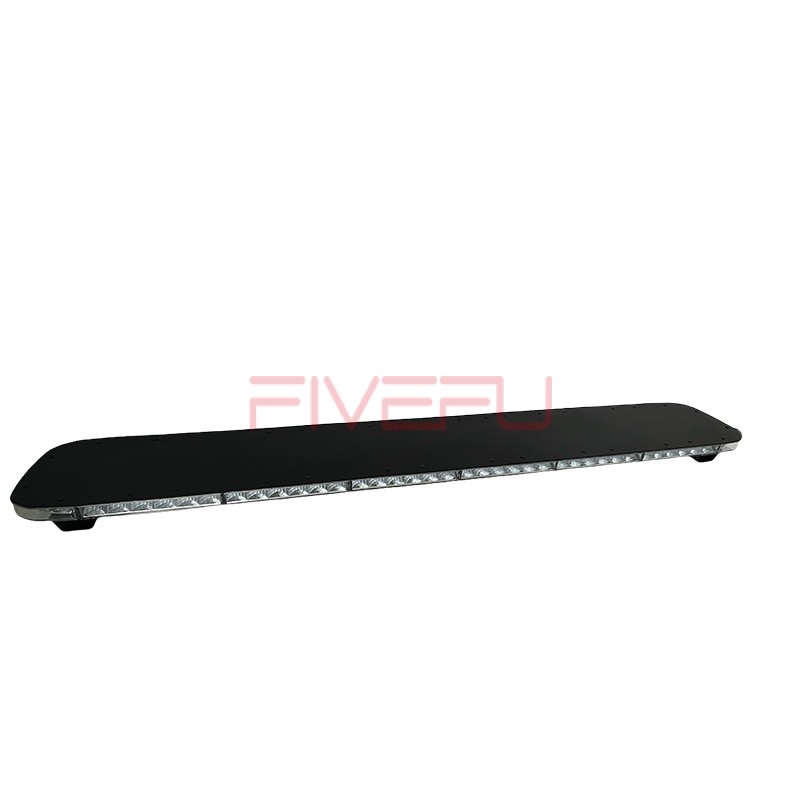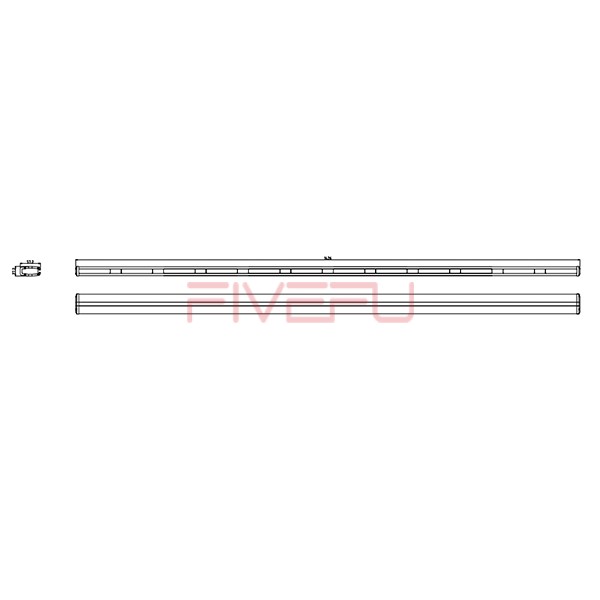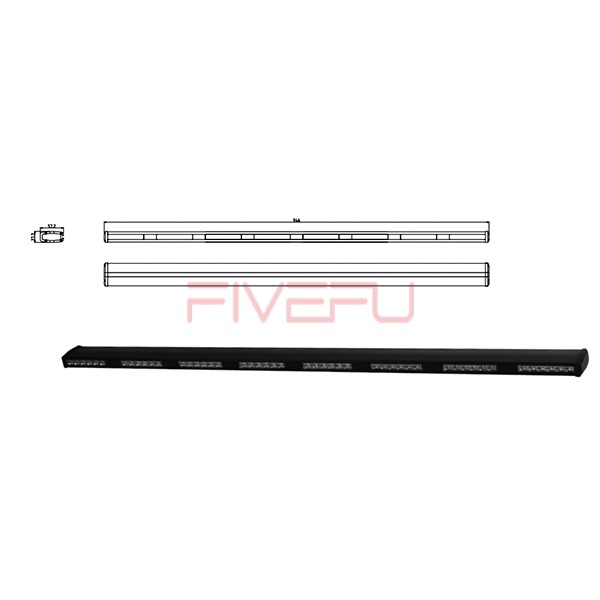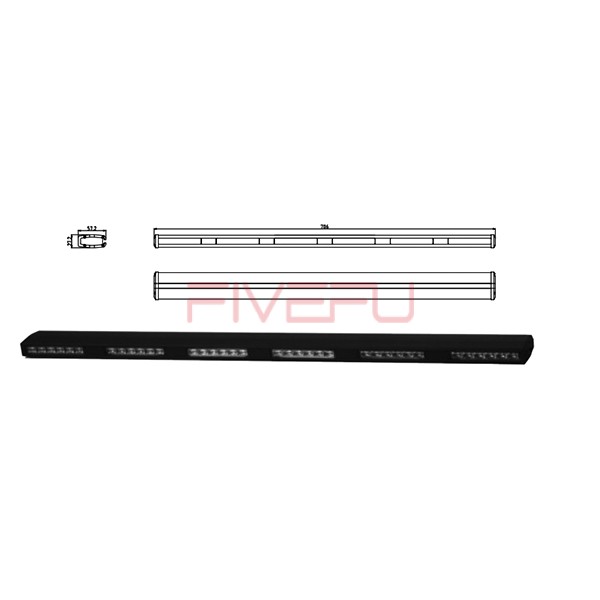Skipping a fuse in LED lighting setups can lead to short circuits, overheating, and even fire hazards. A fuse protects the wiring and components, ensuring safe operation. Without it, electrical failures may cause significant damage.
Yes, a fuse is needed for LED lights to prevent electrical overloads and short circuits. Choosing the correct fuse rating ensures safe and reliable LED operation.
Understanding how fuses work and selecting the right one for your LED setup is essential for long-term safety.
1. Purpose of a Fuse in LED Systems
A fuse acts as a safeguard, cutting off power in case of an electrical fault to prevent damage and hazards.
2. Choosing the Right Fuse Rating
Selecting the appropriate fuse (e.g., 3A, 5A) based on LED wattage and voltage ensures proper protection.
3. Placement of the Fuse
Install the fuse close to the power source to maximize protection and reduce potential risks.
4. Avoiding Overloading Issues
Using LEDs with excessive power draw without a fuse can strain the circuit, increasing the risk of failure.
5. Regular Maintenance and Inspection
Periodically check the fuse for signs of wear or damage to ensure continuous protection.
Conclusion
A fuse is essential for LED lighting safety. Choosing the correct fuse prevents electrical failures and ensures longevity.

